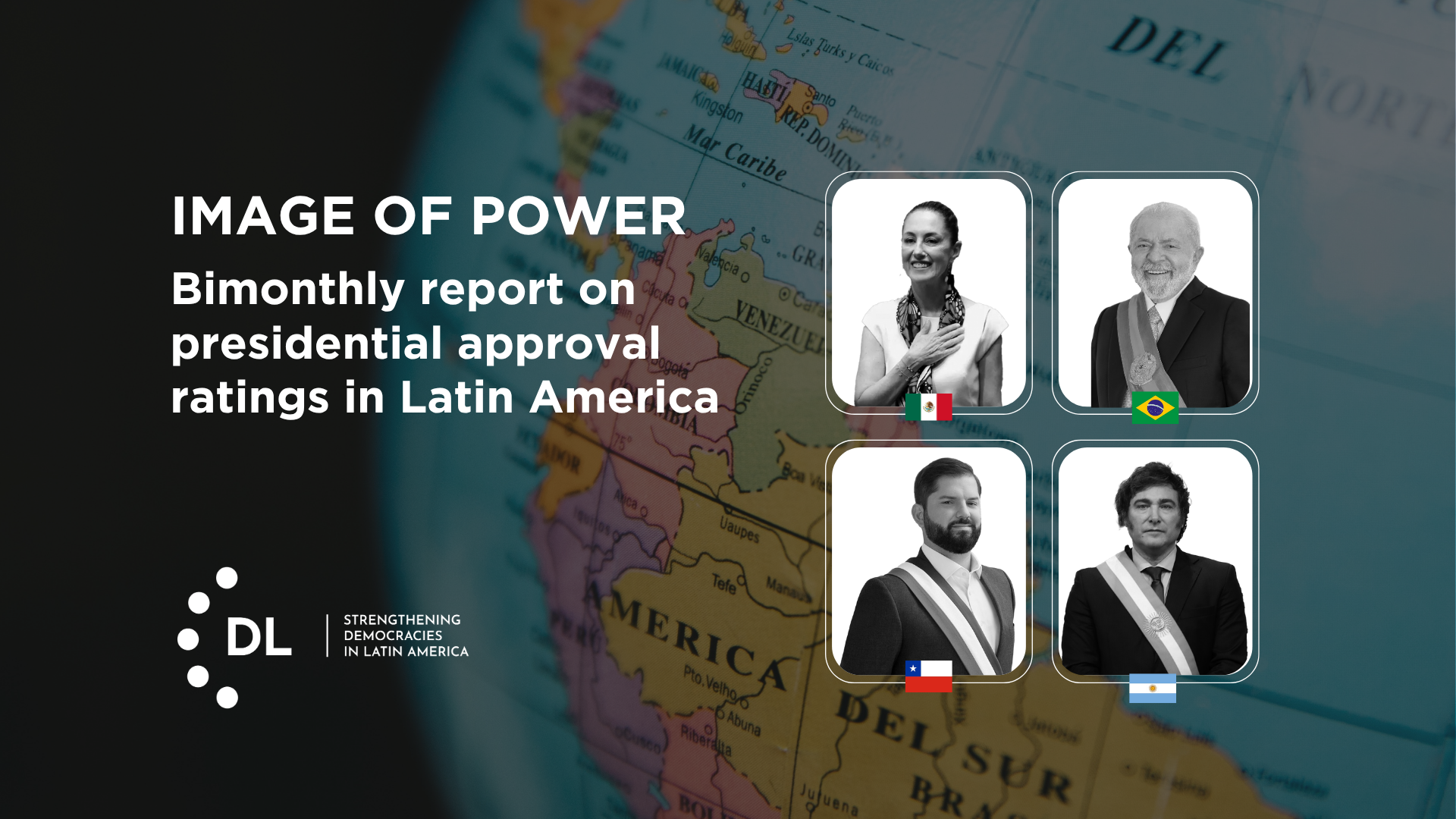Milei Faces Midterm Elections at the Lowest Point of His Approval

In this new edition of Imagen del Poder, the presidential approval ranking for Latin America, Claudia Sheinbaum (Mexico) continues to lead with a 67% positive rating, followed by Yamandú Orsi (Uruguay) and Lula da Silva (Brazil), both with 48% support. In fourth place is Daniel Noboa (Ecuador), with 47%.
Within this context, Javier Milei (Argentina) and Gabriel Boric (Chile) show signs of presidential wear in electoral scenarios. Milei, with 42% approval, faces midterm elections at the lowest point of his image. Meanwhile, Boric is nearing the end of his term with a 37% approval rating.
In Argentina, at the start of his administration, Milei’s approval stood at 51%, while disapproval was at 41%. Over time, his ratings fluctuated, with support gradually decreasing and negative perceptions rising. Between July–August and November–December 2024, both indicators converged, with a slight advantage for approval in certain periods. However, in the latest two-month span, a shift is evident: approval dropped to 42% and disapproval climbed to 53%, indicating that more people now disapprove of his administration than approve of it.
In Chile, as Boric enters the final months of his presidency with a 37% positive image, his predecessor Sebastián Piñera held only 18% at the same stage — around 19 points below the current president. In the midst of presidential elections, a question arises over how Boric’s image might influence the voting intentions for the ruling party’s candidate, Jeannette Jara.
Methodology
Imagen del Poder is a quarterly report prepared by the Directorio Legislativo team. It compiles surveys on presidential image, presidential approval, and government performance conducted across 18 countries in the region by approximately 100 polling firms and research centers. The data are consolidated using a simple average per country for the study period.
The presidential image rankings include only cases with measurements of presidential image or approval from at least two different data sources and at least three measurements within the period considered. The presidential approval data presented in this report do not represent the opinions or institutional position of Directorio Legislativo.
